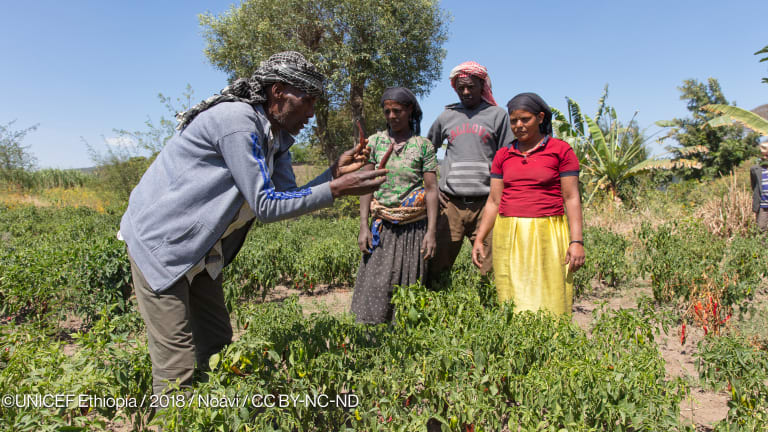With the 2024 United Nations Biodiversity Conference, or COP16, kicking off in Cali, Colombia, this week, the host country Colombia offers an inspiring example of how agroecology can be a powerful pathway for governments to achieve their biodiversity targets while also moving closer to multiple Sustainable Development Goals, including those related to hunger, poverty, health, inequality, and climate change.
The country’s decision to introduce a new policy aimed at strengthening agroecology, an integrated approach that aims to simultaneously feed populations, conserve nature, and strengthen communities, in agriculture and the national food system at large, and the inclusion of agroecology in its new National Biodiversity Strategy and Action Plan, or NBSAP, illustrate the strong political momentum that is building for agroecology around the world.
Countries including Brazil, Denmark, Ecuador, France, Mexico, Senegal, Tanzania, and Vietnam have all already launched or renewed agroecology-related policies and strategies. As of August 2024, nine of the 13 NBSAPs submitted to the Convention on Biological Diversity since COP15 include agroecology as an approach, while some incorporate it into specific goals. With 85% of countries still developing or updating their NBSAPs, policymakers have a window of opportunity to integrate agroecological principles and practices into their commitments and plans.










